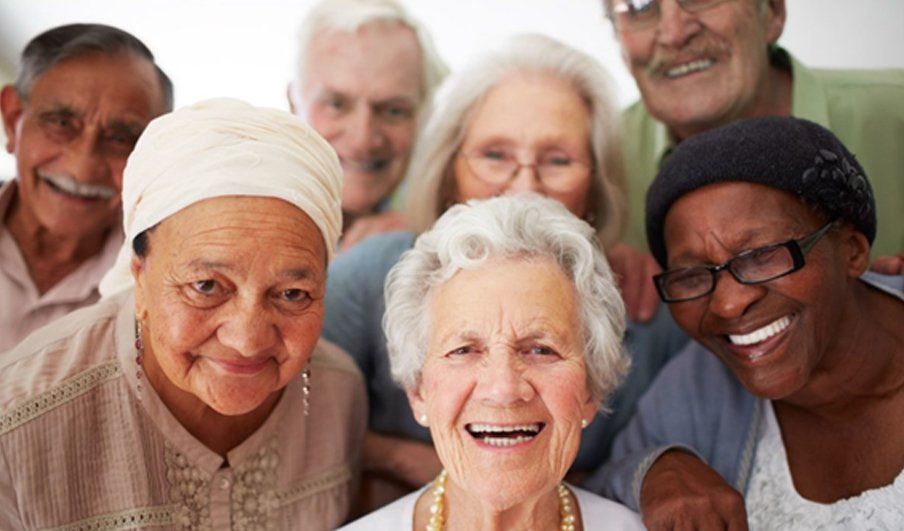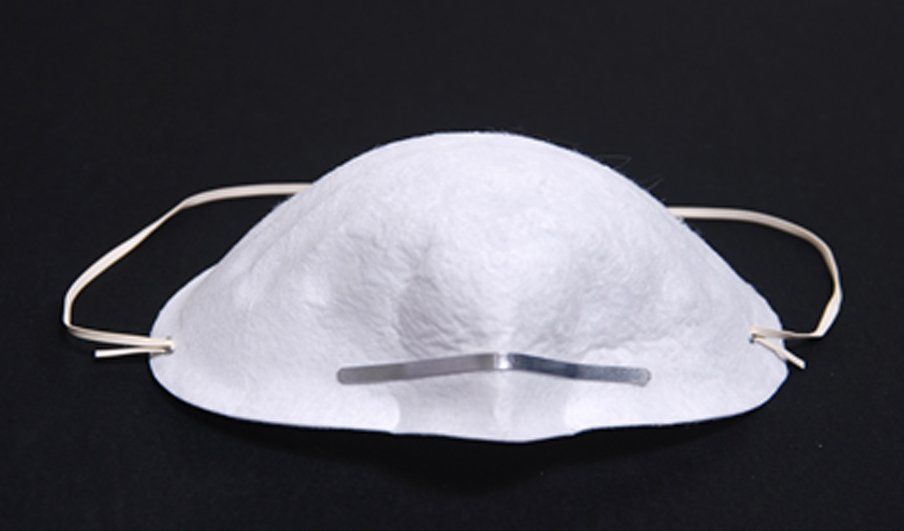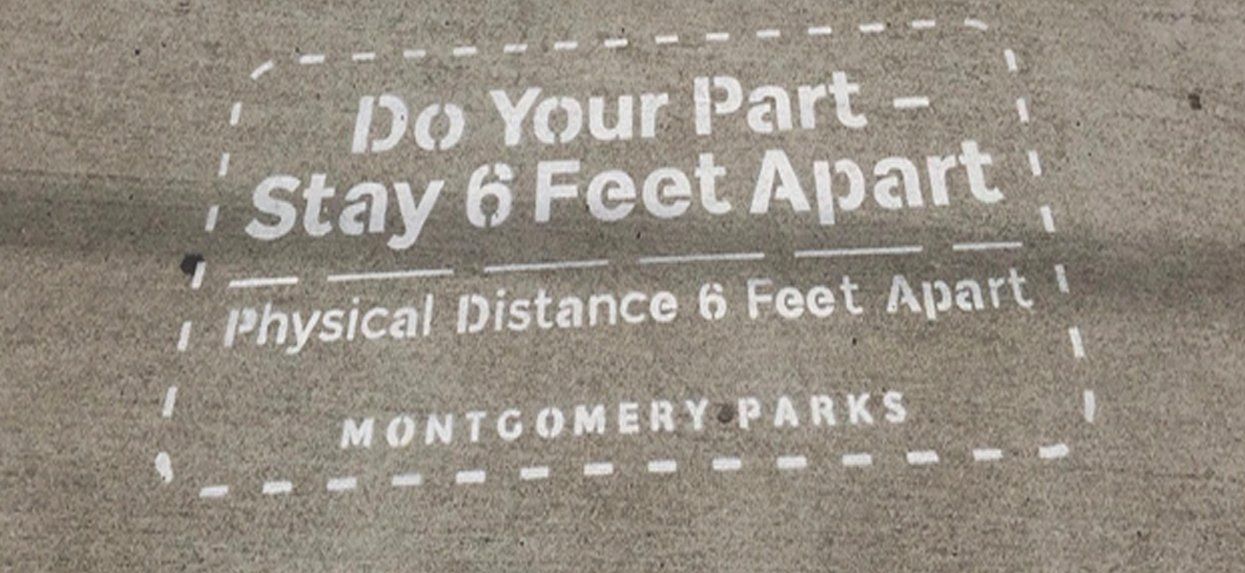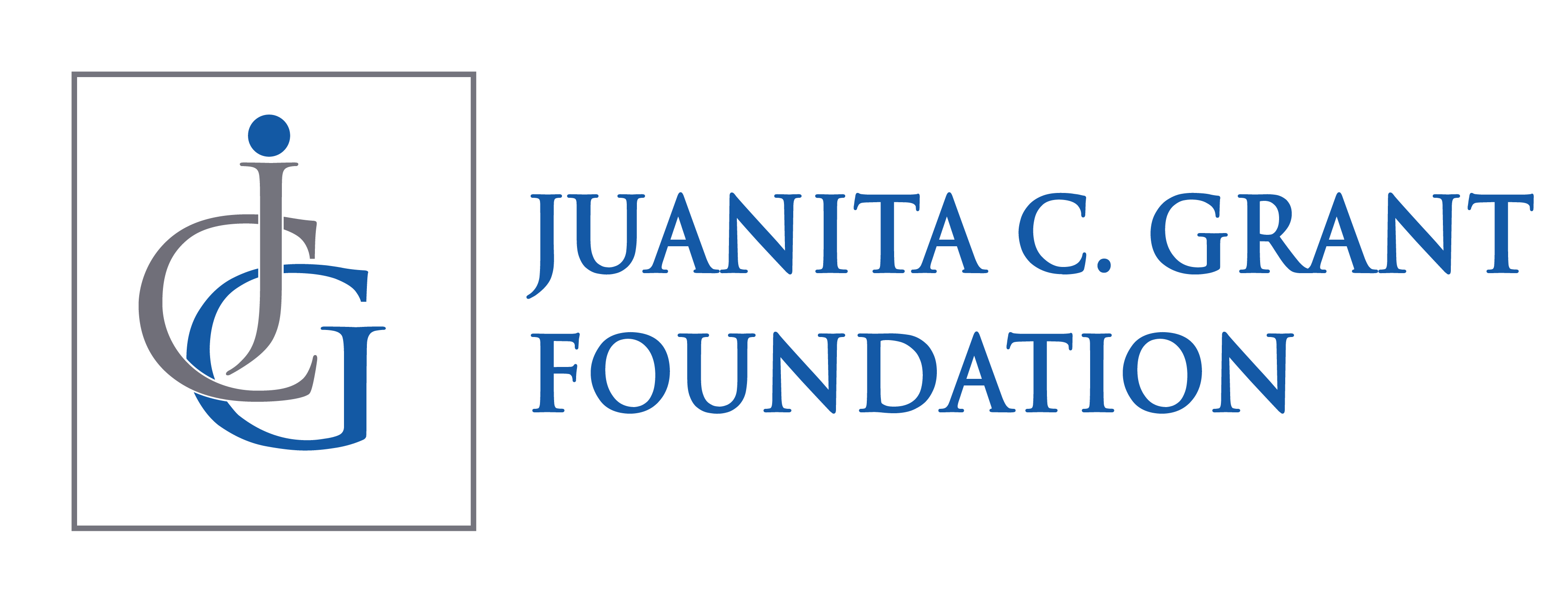What is Your relationship to/ with Black History Month?
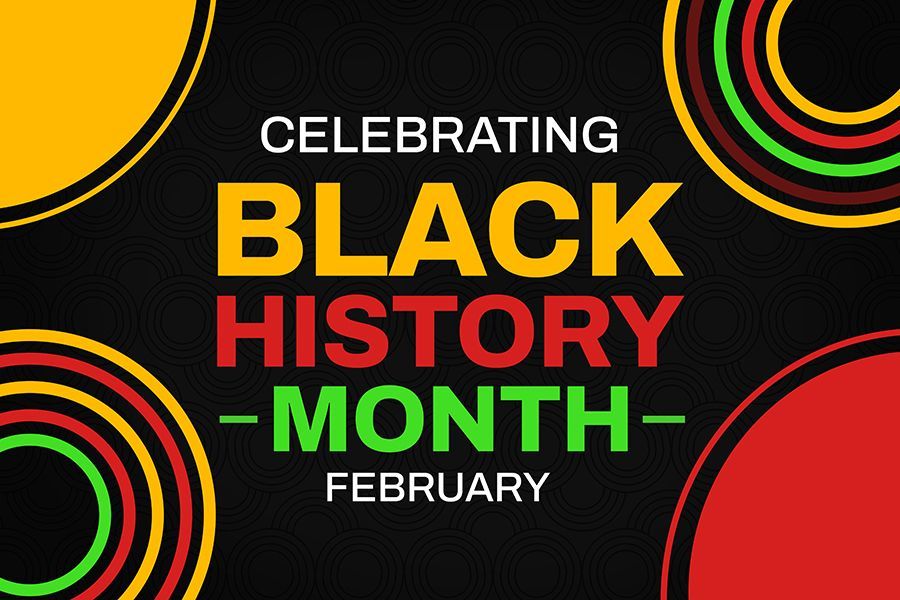
When the second week of February comes around, do you mark your calendar with events for your participation in the celebration of Black History Month? Do you think of your family’s footprints in the America’s story? Do you remember why Black History Month was created? Do you know the architects of present-day Black History Month? Quick summary. The story starts with one man’s need for all to know the accomplishments made by black Americans and their rightful place in American history. In 1915, Harvard-educated historian Carter G. Woodson founded the Association of the Study of African American Life and History. In 1926, Dr. Woodson and ASALH officially declared the second week of February to be “Negro History Week”. In the 50 years that followed, the Negro History movement became an intellectual insurgency that was a larger effort to transform race relations in America. In 1976, to solidify this change, President Gerald Ford declared February, Black History Month. Is this landmark journey of the brave Black Americans who overcame adversity and built resilience part of narrative and landscape when you celebrate Black History Month?
My relationship with Black History Month is Advocacy. Pushing forward through art, music, literature, documentaries, film and seeking thought provoking leaders with the hope to find a conscience voice to advance social justice, whether tethered to conceptions of civil rights, black nationalism, or our legacy in America history. Maya Angelou, Zora Hurston, Literature, Gordon Parks, Lorna Simpson, Photography, the Tuskegee Airmen, Buffalo Soldiers, Lloyd Austin, Military, Marjorie Lee Brown, Katherine Johnson, STEM, Ethel Waters, Viola Davis, Actors, Alexander Miles, Elevators, Garret Morgan, Traffic Signal, Dr. Charles Drew, Blood Plasma, Dewey Sanderson, Urinalysis Machine, and what about me?
To live in the shared experiences of Black Americans is to fight against everyday racism, systemic repetitive poverty and the self-destruction of generational pride and we must be vigilant in completing countless impressive firsts. Looking at an unvarnished past, we must commit to creating a better future by embracing black history by examining where we have been, how we made it happen but most of all how we continue creating history. Be a part of the narrative and the cause, leave a legacy. Powerful, indifference or disinherited, your choice. Advocacy is voiced by those seeking change. To quote the Godfather of Soul, James Brown, “Say It Loud – I’m Black and I’m Proud.”
Lanita Colbert,
Board Chair
Must Read Newsletter
Sign up for news and events
Newsletter
Most Popular


